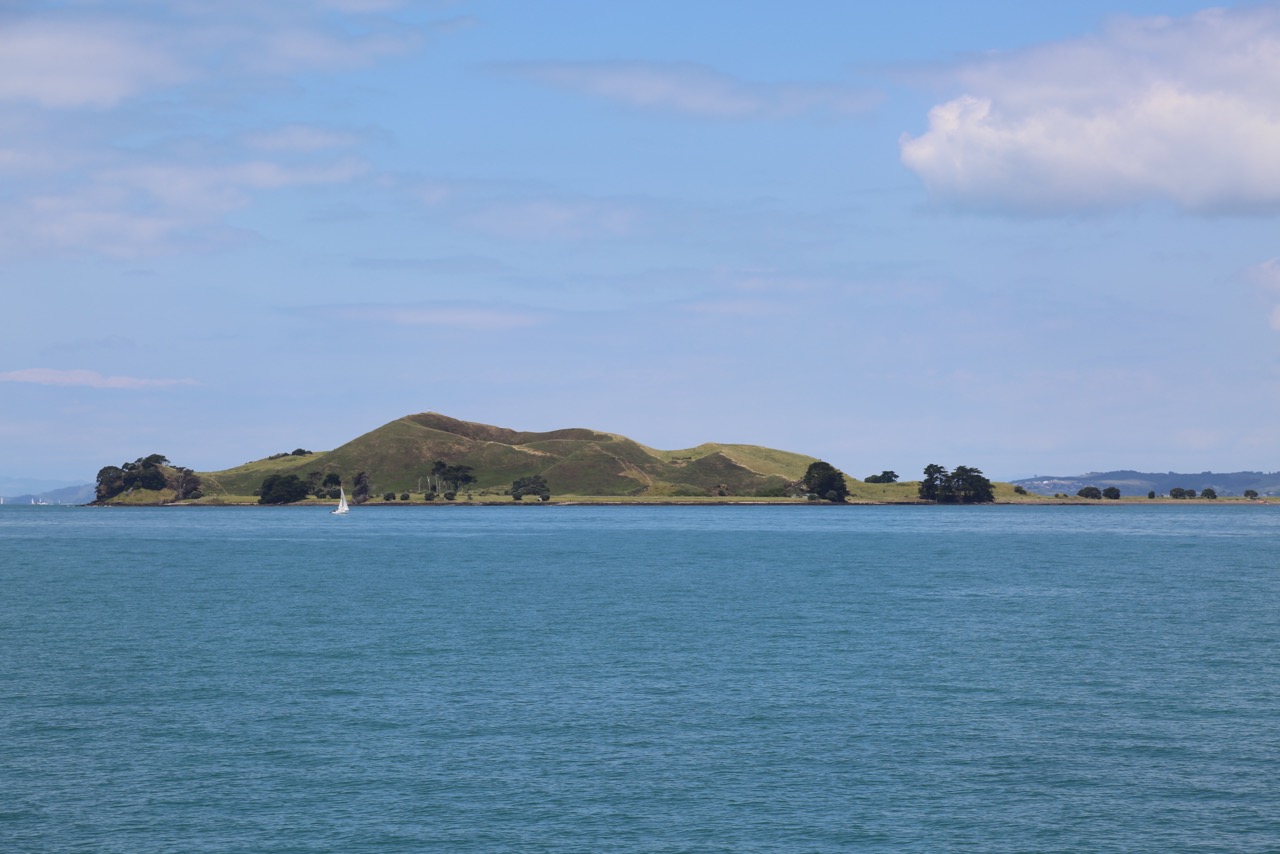Unitary Plan – so what ever happened to sustainability and why does all the growth have to be in Auckland?
I suppose I’ve been round long enough to take a rather cynical view of things like ‘Housing Accords’. Previous governments back in the 20th century when faced with major housing shortages, just got on and built them. The current housing crisis seems to have become a political blame game with the government keen to embarrass the mayor while off-loading its responsibilities into the laps of Auckland ratepayers. Politicians nowadays have ‘accords’ about houses – they don’t actually build them. Financing and building houses is now up to the private sector and charitable organisations.
Clearly we do have a housing affordability problem in Auckland. Housing prices here are at the high end of the international scale. Recent auctions have seen astonishing prices being paid – and many young people not prepared to live out on the fringes just cannot afford good housing in the city.
Obviously there are a number of influences pushing up house prices. These include on the supply side: the high cost of NZ building materials (due to monopolistic practices); council regulatory costs, and the cost of sections. On the demand side: immigration into Auckland; the impact of offshore buyers; a lingering lack of enthusiasm for the sharemarket and complete lack of confidence in the finance sector by local investors. Finally, relatively low interest rates. And as we are talking about ‘affordability’, the relative
decline in average salaries and wages in New Zealand, compared to Australia
over the past 30 years.
However despite all this, the government and the Auckland Council are focussing just on land supply. While the Unitary Plan is being sold as being about a ‘compact city’ – that’s really a myth. 30 – 40% of future growth is targeted for outside the present Metropolitan Urban Limits. The MUL will be replaced by a ‘Rural-Urban Boundary’ and pushed out by some 20,000 hectares, plus development is to be encouraged around coastal settlements. This, to enable the building of 160,000 new dwellings in the rural greenbelt over the next 30 years. While this will mean a major lateral expansion of Auckland it’s still not enough for the government. The Housing Accord is very much about fast-tracking subdivision of productive rural land.
If the Housing Accord is not actually about building houses the Unitary Plan is not really about a compact city. It will mean a more sprawling city, a more intensified city (there is a difference) – with infill housing sprouting up all through our garden suburbs. And of course as many people fear, a more high-rise city. Auckland will be growing every which way – which may make housing more affordable – but our quality of life less desirable.
So what ever happened to sustainability and why does the all growth have to be in Auckland?
(As published in VERVE Auckland’s Boutique Magazine. June 2013)



